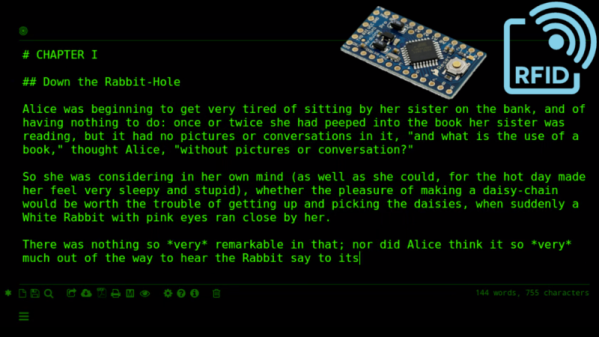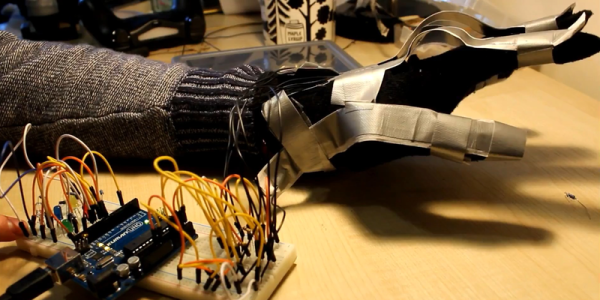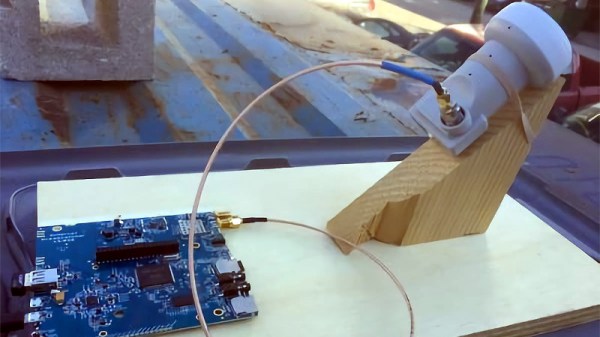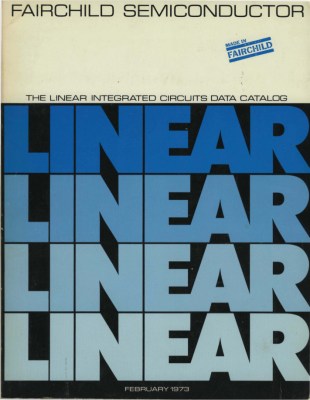Try something a bit out of the ordinary with us on 7 April. Spend a Saturday with Hackaday in Dublin without really knowing what to expect. This is the Unconference format, and we’ve fallen in love with the spontaneity and consistently fascinating talks that come out of it.
We’ve booked a fantastic hall in the Temple Bar district of Dublin, lined up snacks throughout the day and dinner for all who attend, plus there’s an after bar and we’ll buy the first round. All of this is yours if you grab one of the rapidly disappearing free tickets.
What we ask of you is to come prepared to give a 7 minute talk on something you’re really excited about right now. This is low-pressure; the point of an Unconference is to learn about what people are working on right now (not to see a 40 minute talk that was polished over several months). There will not be enough time for absolutely everyone to speak but we’ll get through as many as we can and make sure there’s an interesting mash-up of topics throughout the day.
To break the ice, we have a few “ringers” who we’ve asked to lead off each talk session. Beth ‘pidge’ Flanagan is an embedded and Linux expert who is well-known for her work on OpenEmbedded and Yocto and will talk about “how the sausage is made” specifically surrounding some advance metering infrastructure. Rachel “Konichiwakitty” will be speaking. Rachel was at our London Unconference back in September and we’re excited to hear about the stem cell research she’s been doing as part of her Ph.D. work. James Twomey will be on hand to go into some of the craft of stage magic, and also talk about what we can learn from the battery-free magic of crystal set radios like the “foxhole” radios built during WWII.
 There are already enough people to pack the place and we only have about 20 tickets left, so hurry up and grab yours.
There are already enough people to pack the place and we only have about 20 tickets left, so hurry up and grab yours.
This event is made possible, free of charge to the attendees, with generous support from DesignSpark, the innovation arm of RS Components. DesignSpark is the exclusive sponsor of the Hackaday Dublin Unconference.







 Today’s topic of entertainment is just such a resource, courtesy of the Internet Archive. It’s not a video as we’d often provide you in a Retrotechtacular piece, instead it’s
Today’s topic of entertainment is just such a resource, courtesy of the Internet Archive. It’s not a video as we’d often provide you in a Retrotechtacular piece, instead it’s 











